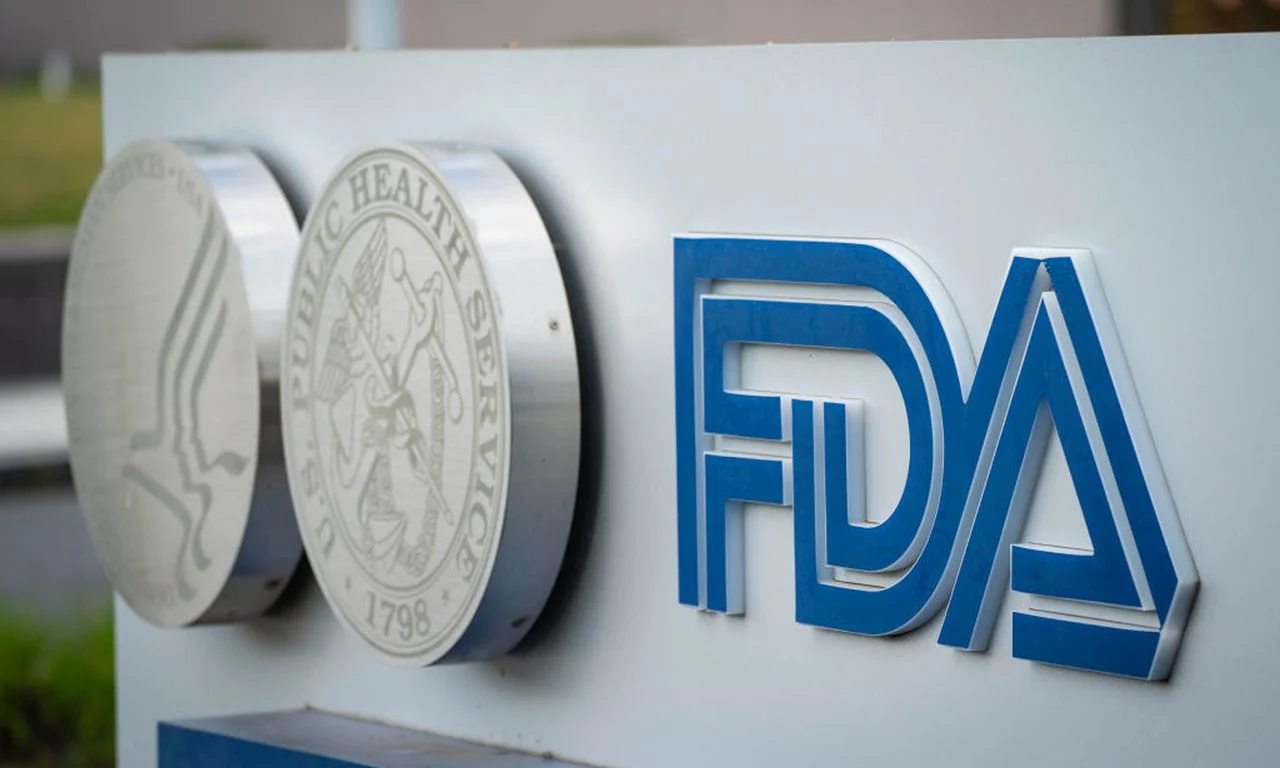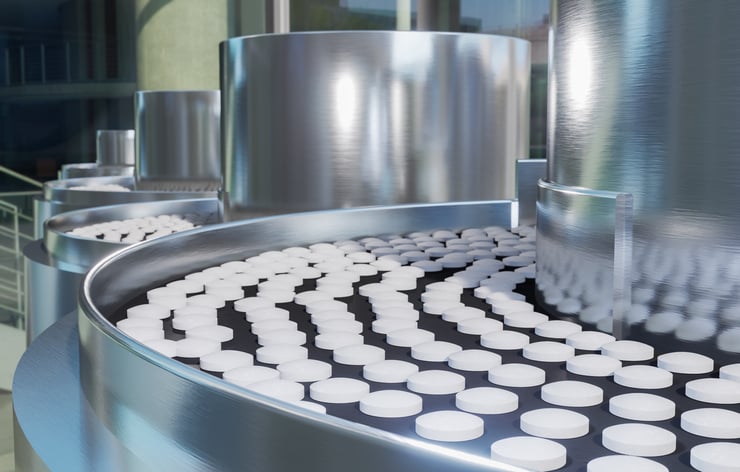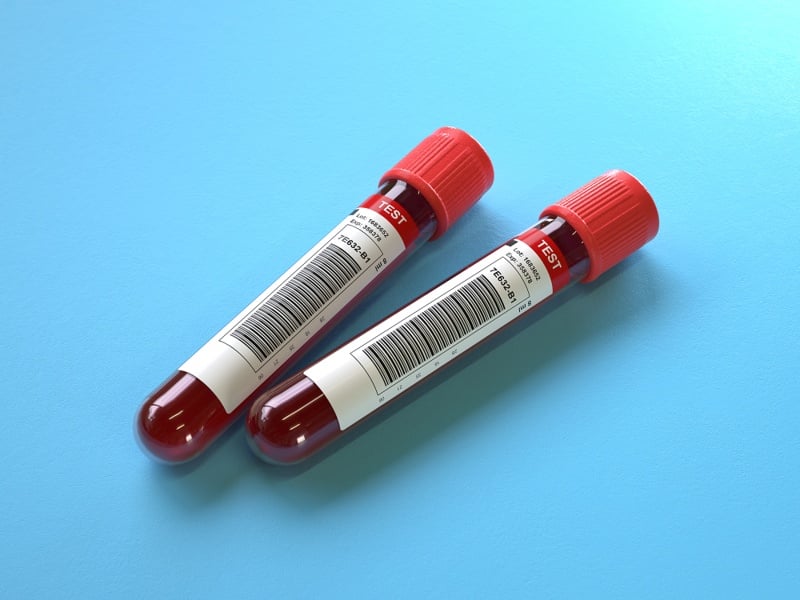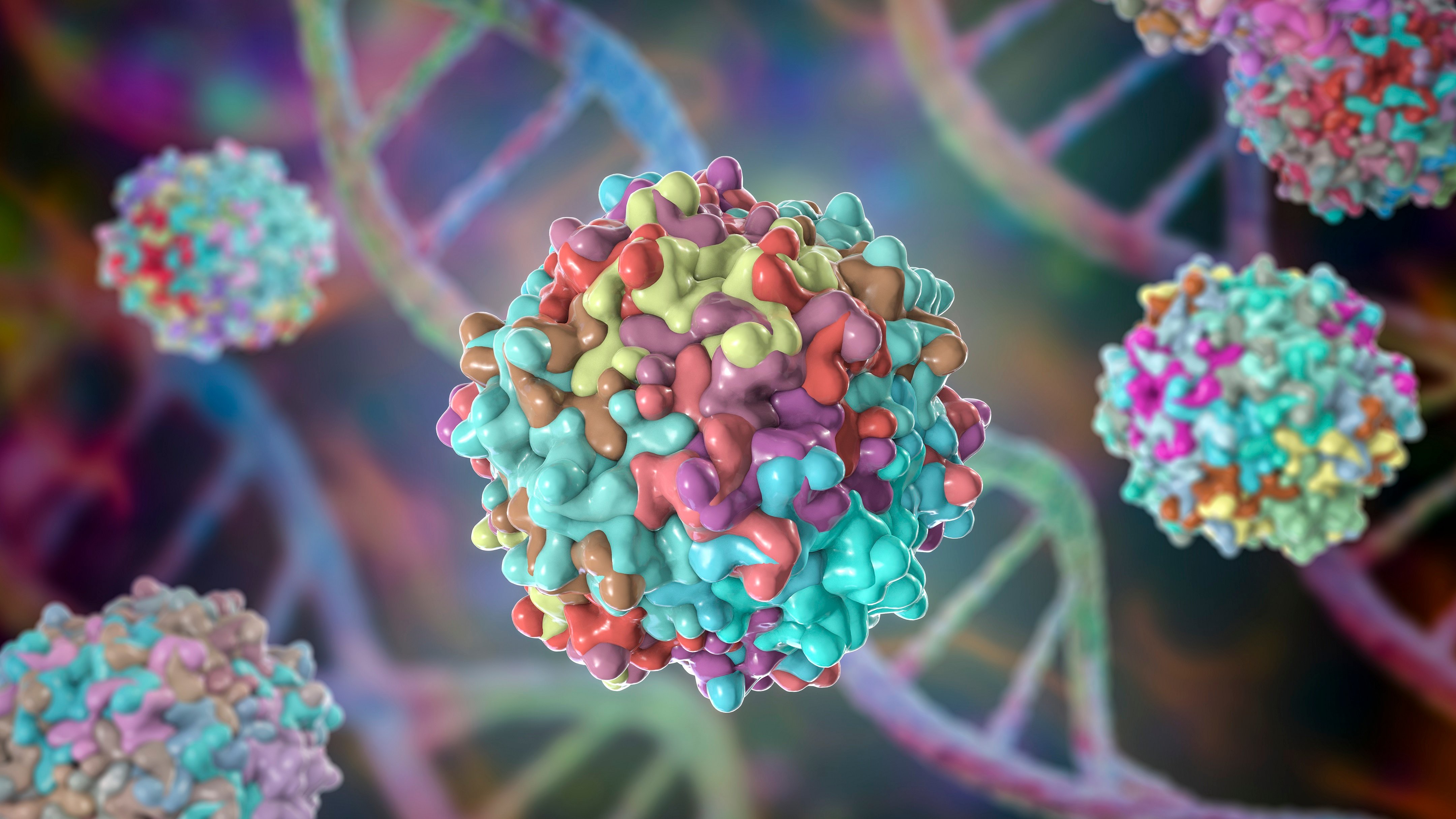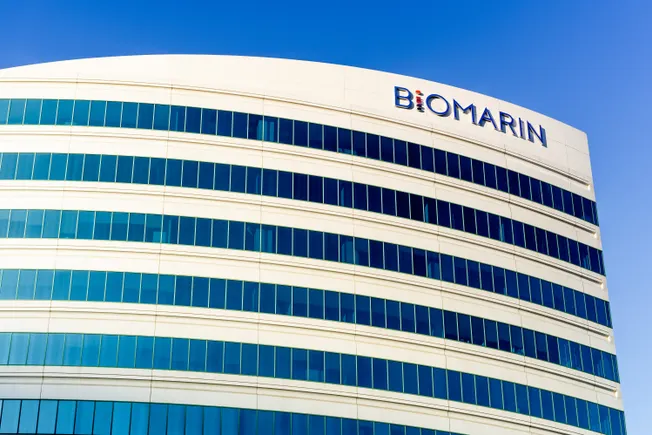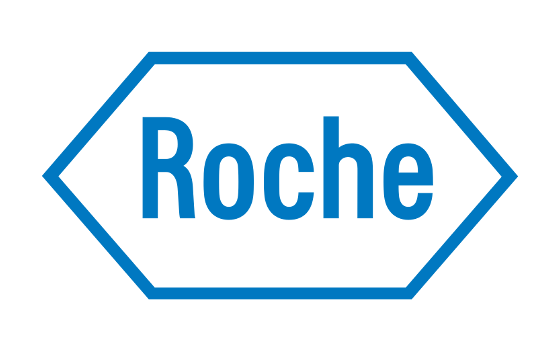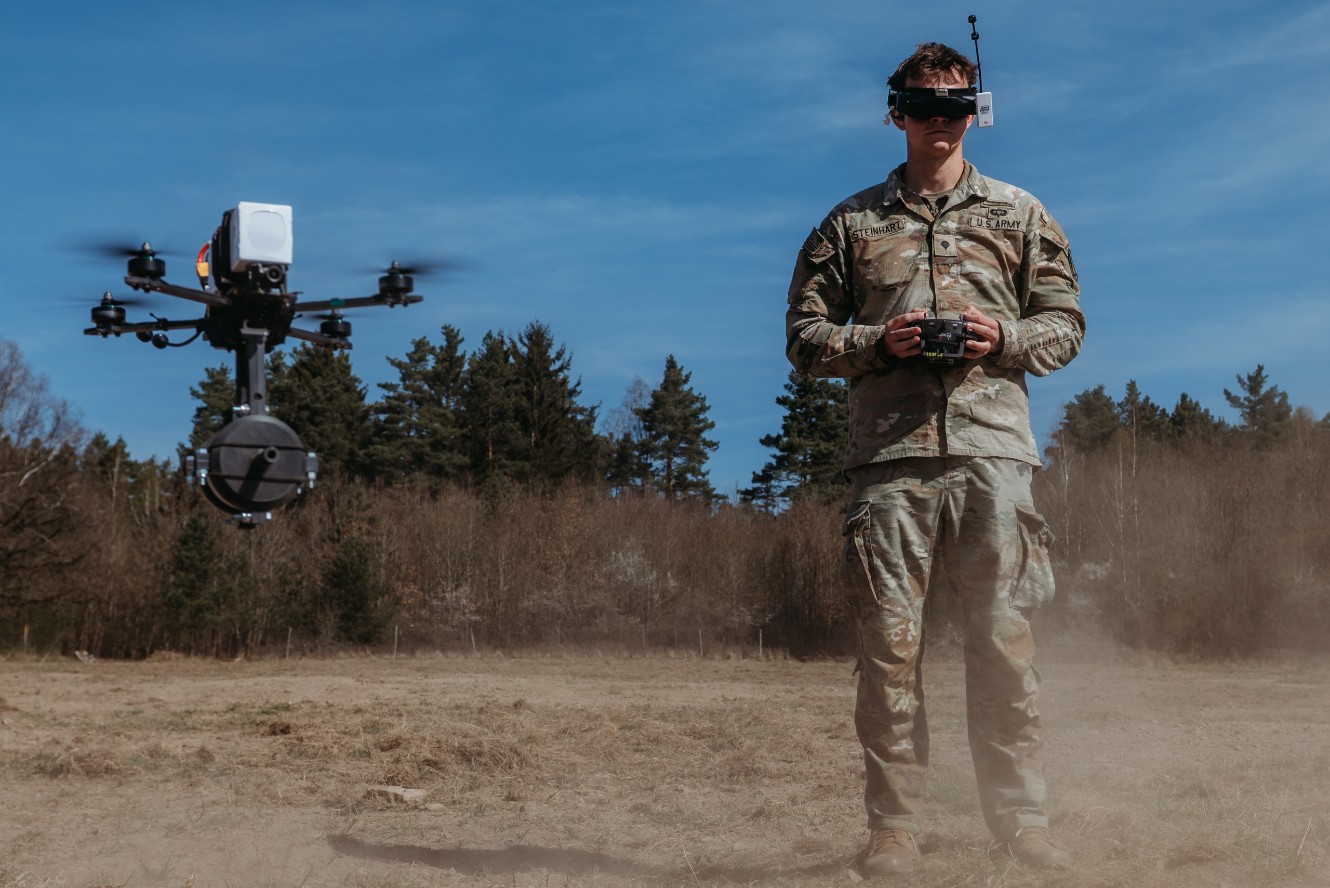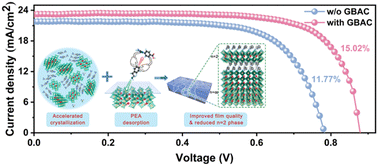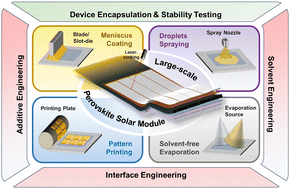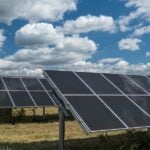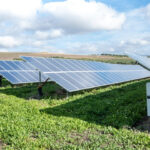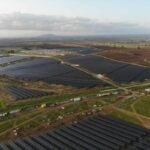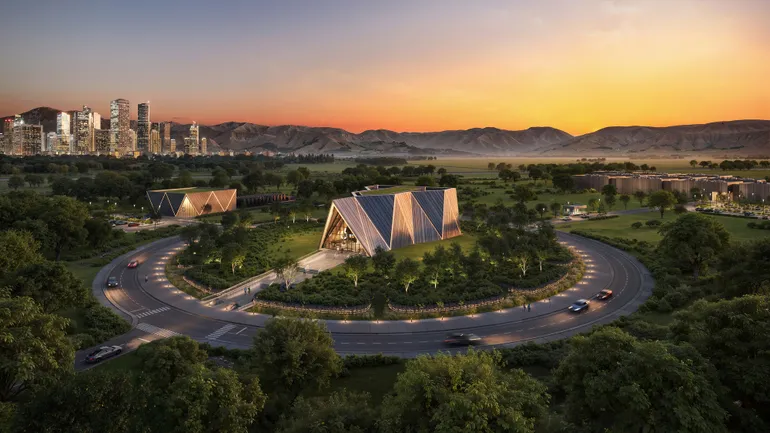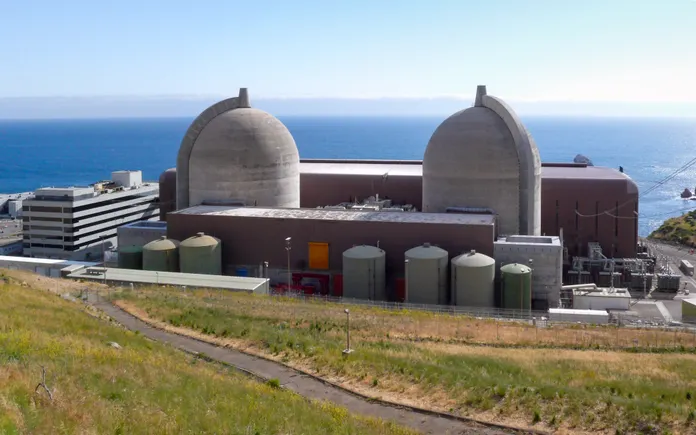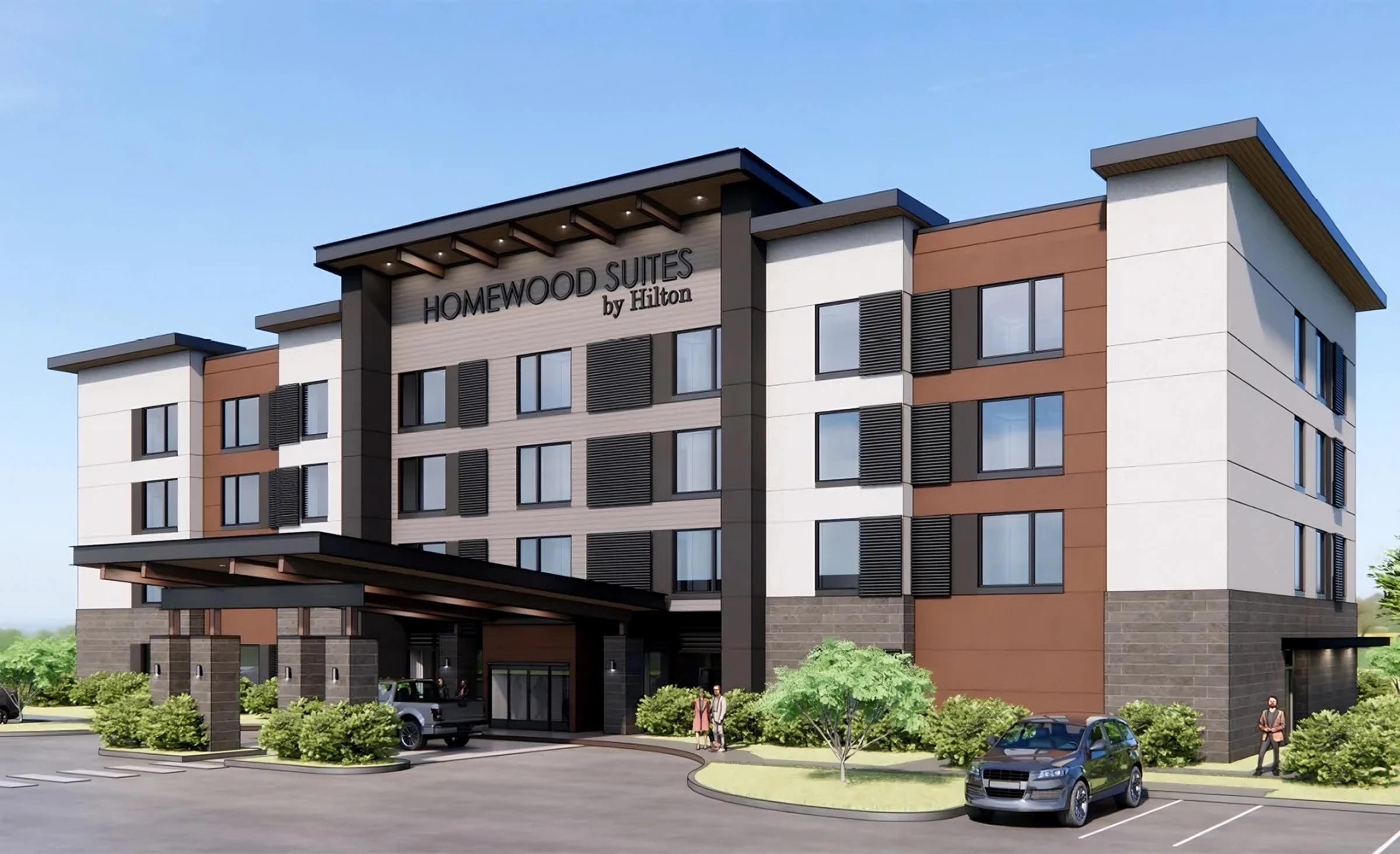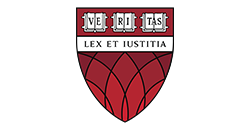Development‐Inspired Biomimetic Cell‐Niche Coaggregates Safeguard Tooth Stem Cell‐Based Functional Tissue Regeneration
Advanced Healthcare Materials, EarlyView.

This study proposes an engineered cell-niche co-aggregation strategy utilizing human dental follicle stem cells (hDFSCs) and human decellularized alveolar bone matrix particles (hDABMPs) to construct the co-aggregates of hDFSCA-hDABMPs. The strategy employs hDABMPs as a scaffold to simulate and reconstruct tissue-specific microenvironments, activating developmental gene expression in aggregated hDFSCs while initiating hypoxic adaptation mechanisms, thereby enabling functional regeneration of periodontal tissues.
Abstract
Harnessing natural developmental programs to repair and replace damaged organs represents promising approaches in regenerative medicine. However, effective strategies are still lacking for tissue regeneration in complicated conditions, such as the periodontal bone defect. Here, human dental follicle stem cells (hDFSCs) and their aggregates (hDFSCA) are cultured and characterized, which are formed based on the inherent property of these stem cells self-assembly into compact spheroid-like structures, mimicking mesenchymal condensation in development. A periodontal tissue-specific microenvironment simulation material is then established, human decellularized alveolar bone matrix particles (hDABMPs), which possess favorable physicochemical and biological properties for regenerative use. hDFSCs co-cultured with hDABMPs exhibit improved cell function, and hDFSCA-hDABMP co-aggregates are subsequently constructed, which activate the developmental gene expression in hDFSCA and initiate hypoxic adaptation mechanisms for tissue regeneration. Indeed, hDFSCA-hDABMP co-aggregates significantly promote regeneration after implantation in alveolar bone defects with good biosafety. Interestingly, during the early stages of implantation, hDABMPs enhance hDFSC survival and expansion, thereby providing a sufficient source of cells for tissue regeneration. Collectively, this study reveals a development-inspired, engineered cell-niche co-aggregation strategy for enhancing CA therapeutic potential by simulating tissue-specific microenvironments, offering novel insights for functional tissue regeneration.













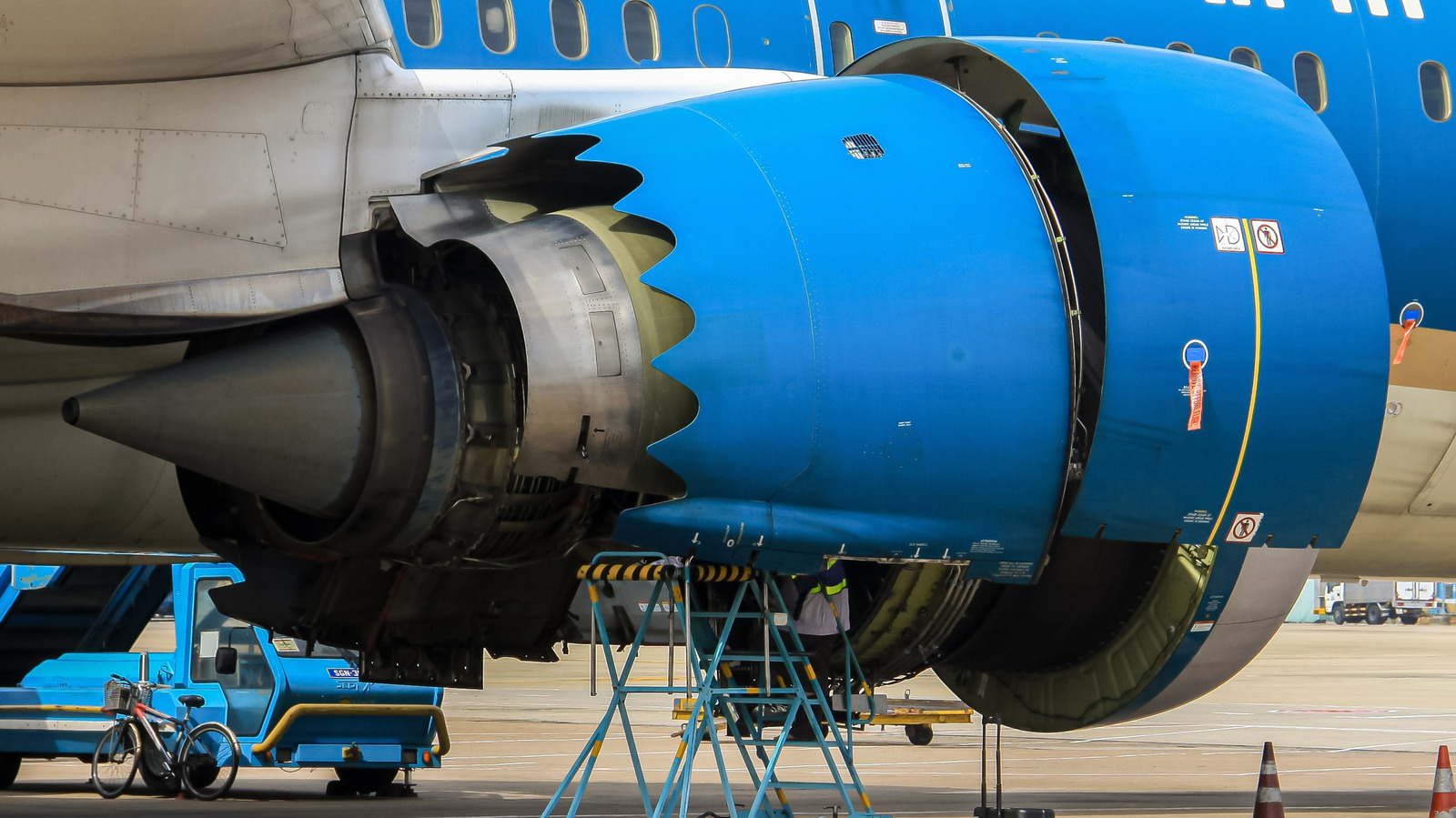













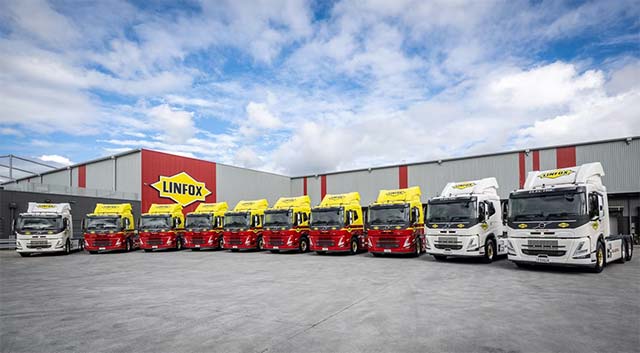


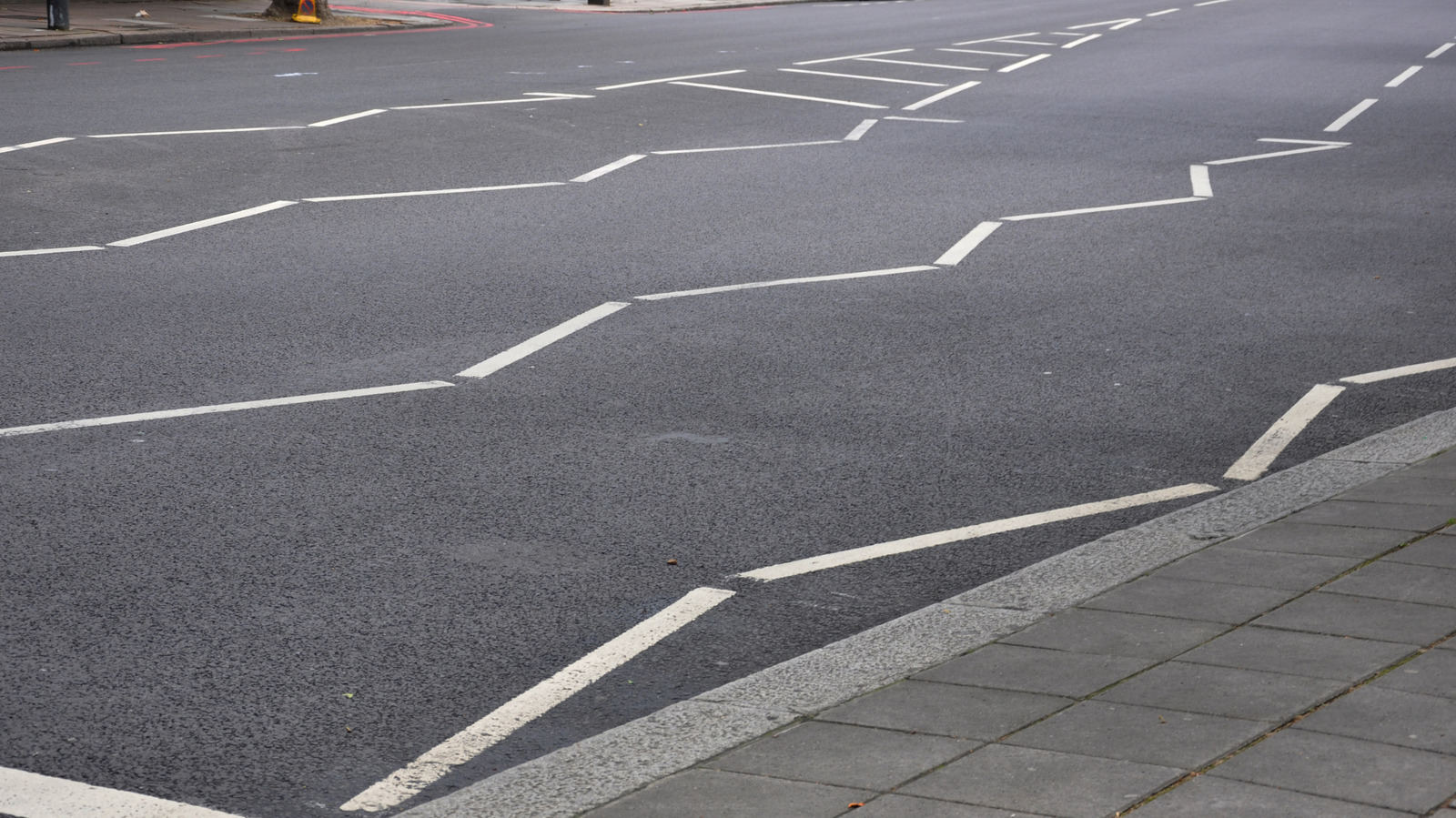




























![Opinion on medicine for use outside EU: Mosquirix, RTS,S [Portion of P. falciparum circumsporozoite protein fused with hepatitis B surface antigen (RTS), and combined with hepatitis B surface antigen (S)], Malaria, 23/07/2015 Positive opinion](https://www.ema.europa.eu/sites/default/files/styles/oe_bootstrap_theme_medium_no_crop/public/2024-07/EMA_building_202407_v1-copyright-EMA.png?itok=NBYia_Eu)



